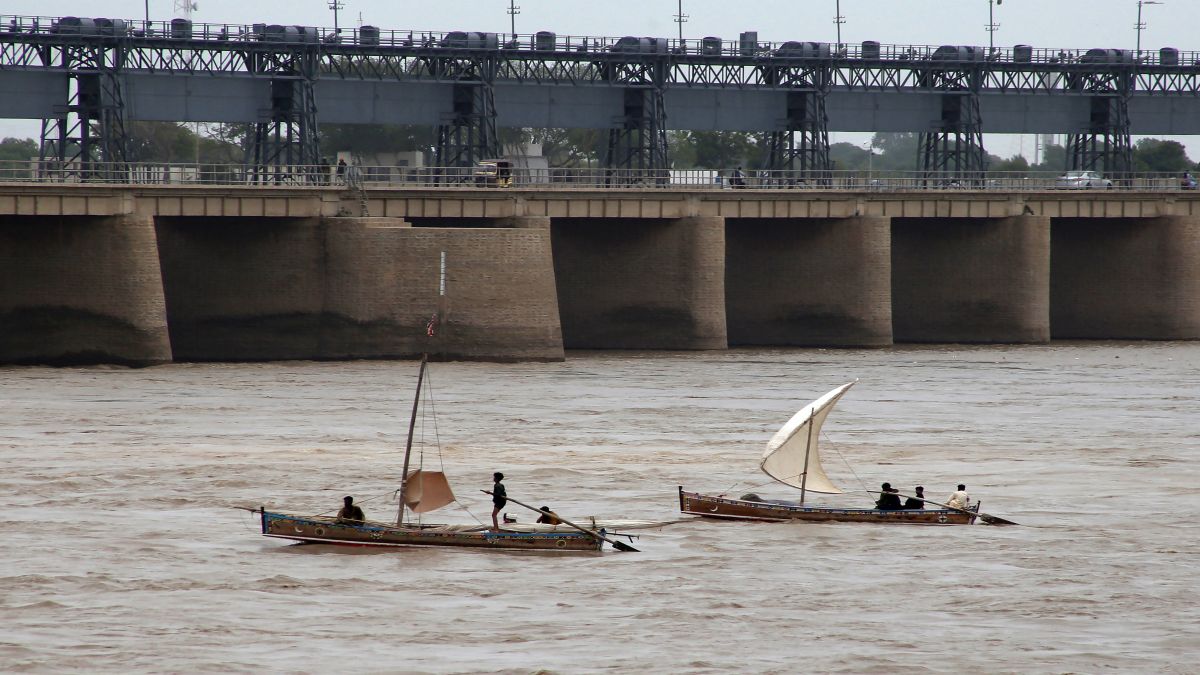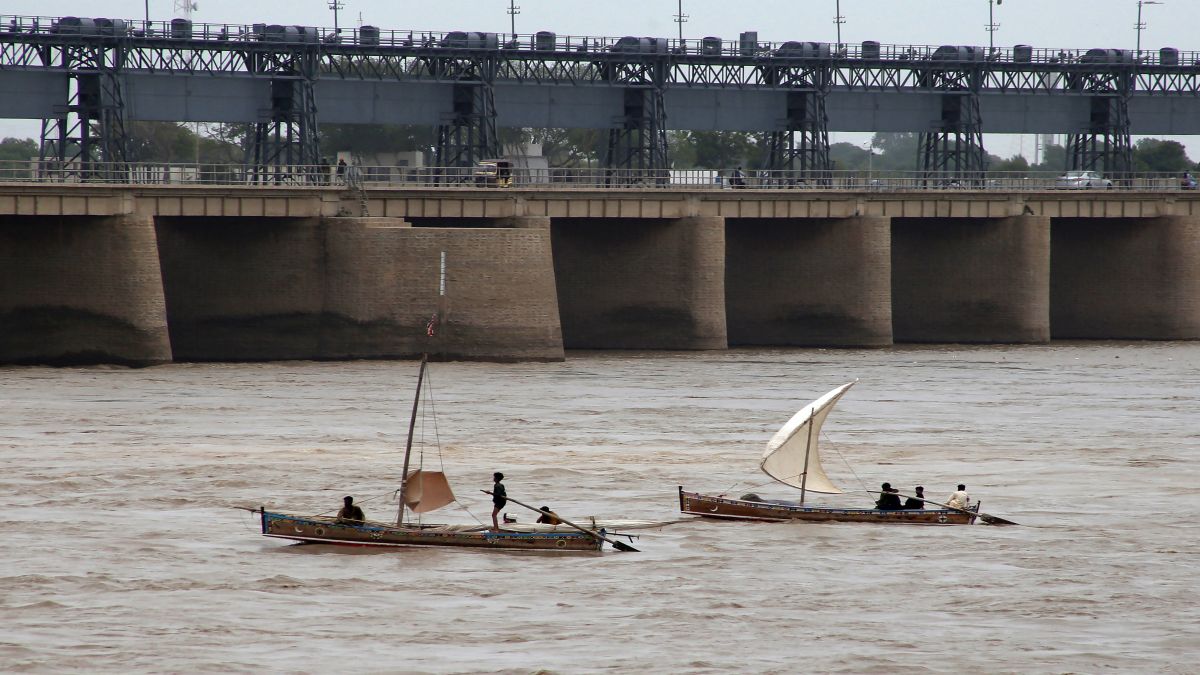Kenya is relocating 50 elephants from the Mwea National Reserve due to overcrowding, which has led the animals to wander into nearby human settlements and disrupt local ecosystems.
The elephant population in the 42-square-kilometre Mwea National Reserve, situated east of Nairobi, has increased from its capacity of 50 to 156. This has impacted the environment and required the relocation of around 100 elephants. Back in 1979, the reserve hosted 49 elephants.
From dip in elephant population to overpopulation
Kenya’s elephant population faced a sharp decline several decades ago due to rampant poaching for ivory. However, years of conservation efforts have helped boost their numbers, causing overcrowding in some parks, such as the Mwea National Reserve.
Kenya Wildlife Service Director General, Erustus Kanga, said that the elephant overpopulation in Mwea reflects the success of conservation efforts over the past 30 years.
“This shows that poaching has been low and the elephants have been able to thrive,” Kanga said.
Last week, experts began the relocation of 50 elephants to the larger 780-square-kilometre Aberdare National Park in central Kenya. Until Monday, 44 elephants had been successfully moved, with the remaining six scheduled for the next day.
Kanga added that the relocation also sought to curb human-wildlife conflict.
What will relocation achieve?
Isaac Lekolool, Kenya Wildlife Service’s head of capture and veterinary services, stated that the relocation will reduce the environmental impact caused by too many animals in a limited area.
Kenya’s Tourism Minister Rebecca Miano supervised the relocation of five elephants on Monday. “This will go down in history as a record, as it is the biggest exercise of its kind. It is the first time we are witnessing the translocation of 50 elephants at a go,” Miano said.
Each elephant has been fitted with a GPS collar, which would allow wildlife rangers to monitor their movements and adaptation over the next two years. The relocation is expected to be completed by Wednesday.
Relocation process
The relocation process began at dawn, involving a team of over 100 wildlife experts and equipment ranging from specially equipped trucks to aircraft and cruisers.
A fixed-wing aircraft provided aerial surveillance, tracking elephant herds, which typically move in small family groups of around five. The plane stayed in constant communication with two helicopters used to guide and separate the elephants to ensure that family units were relocated together.
On board one of the helicopters, a spotter worked alongside a veterinarian armed with a tranquiliser gun. Once an elephant was sedated, a ground team of veterinary specialists and rangers quickly cleared surrounding thickets and monitored the animal’s vitals.
Meanwhile, another team prepared to lift the elephants - each weighing hundreds of kilograms - onto specially fitted trucks for the 120-kilometre (74-mile) journey to their new habitat.
A second phase of relocation?
A second phase to relocate an additional 50 elephants is in the works, though the exact date remains undisclosed.
According to the Kenya Wildlife Service, the project has cost at least 12 million Kenyan shillings ($93,000).
Speaking to AP, a resident of the area said, “We are very happy that the government has decided to reduce the number of elephants from the area. Due to their high numbers, they did not have enough food in the reserve, and they ended up invading our farms.”
Another villager told Reuters, “The elephants have really troubled us…Now we feel relieved, especially because our children could not walk to school early in the morning for fear of running into the elephants.”
Kenya’s national parks and reserves are home to a wide range of wildlife and draw millions of visitors each year, marking the country as a top tourism destination.
With inputs from agencies


)
)
)
)
)
)
)
)
)



